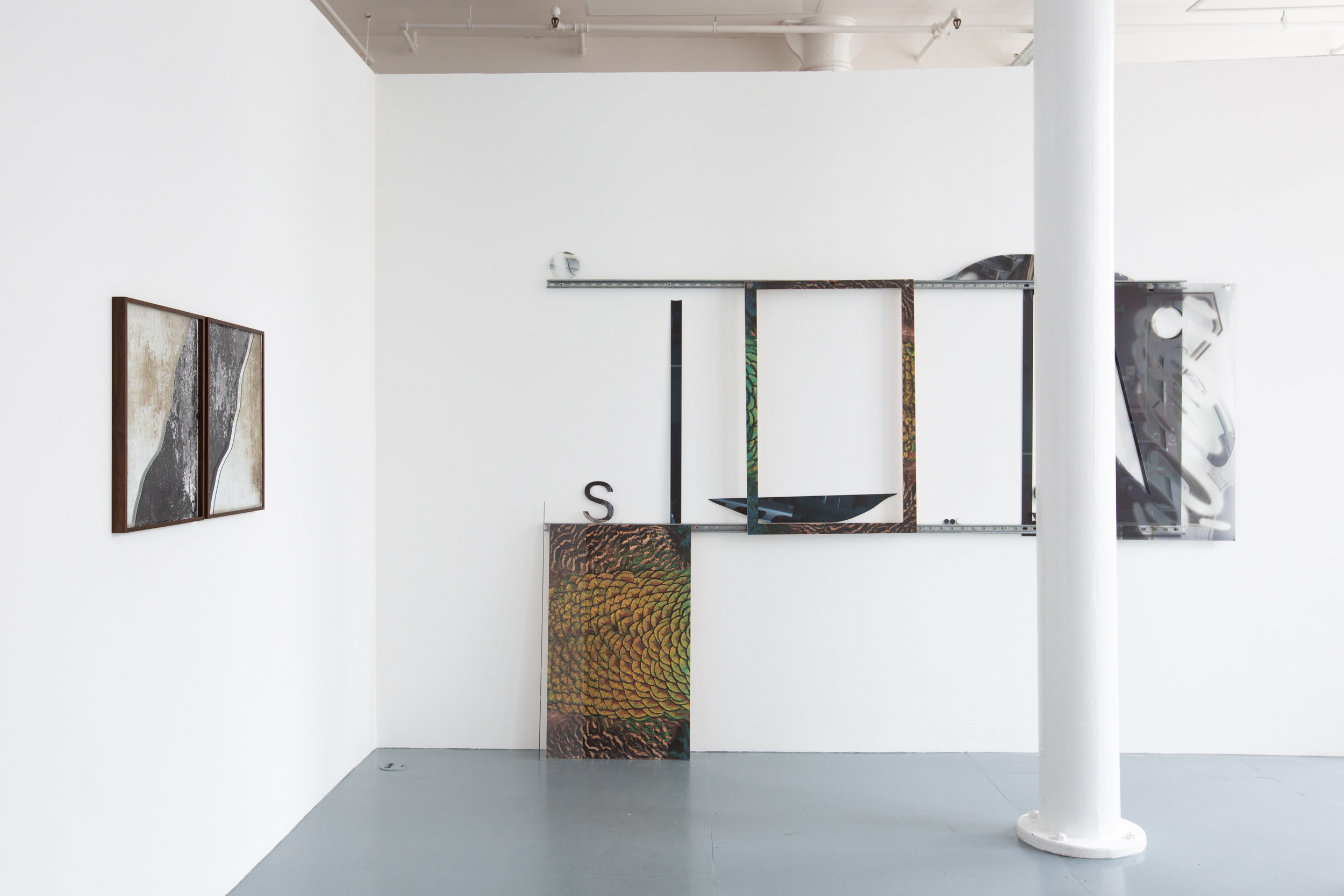

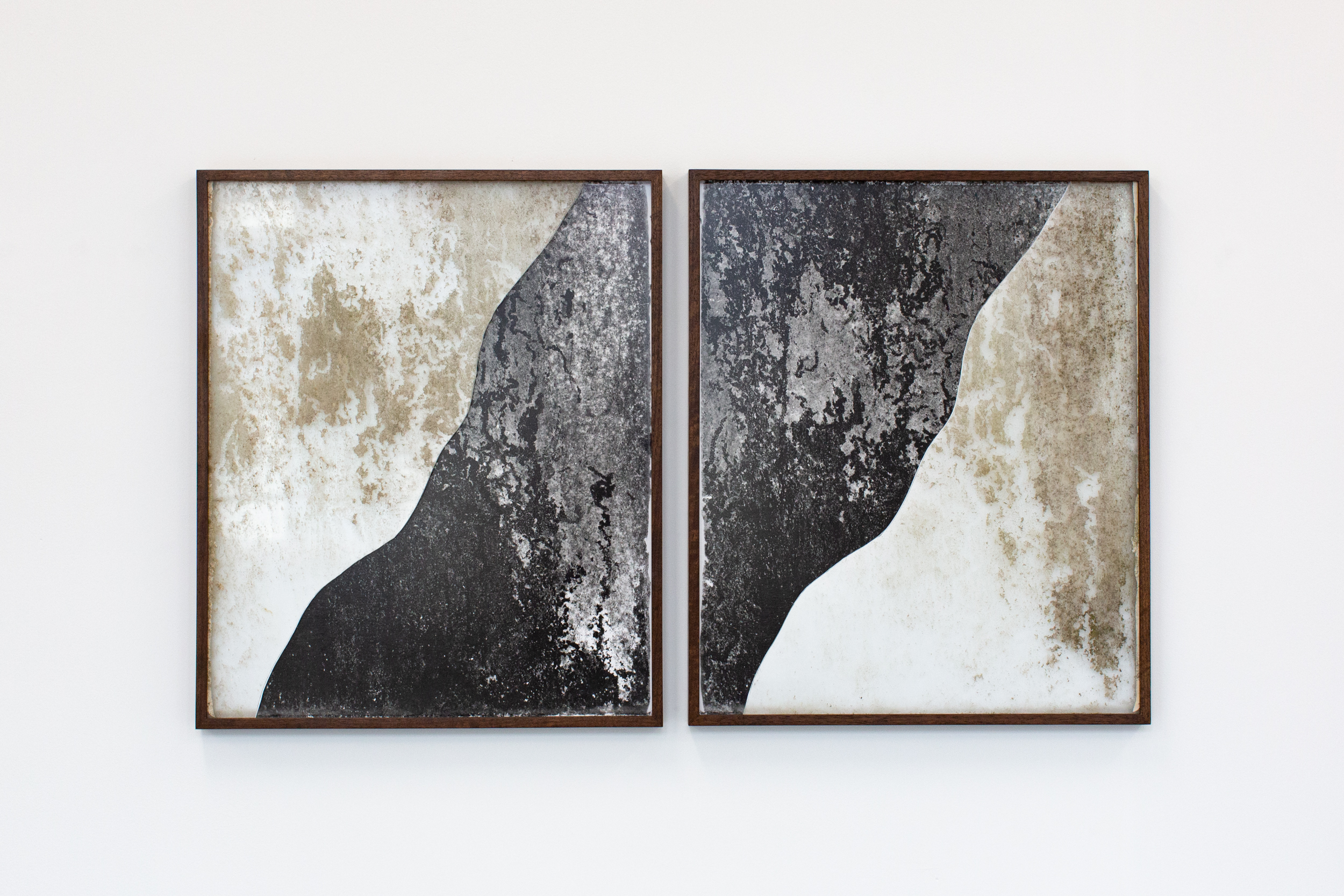

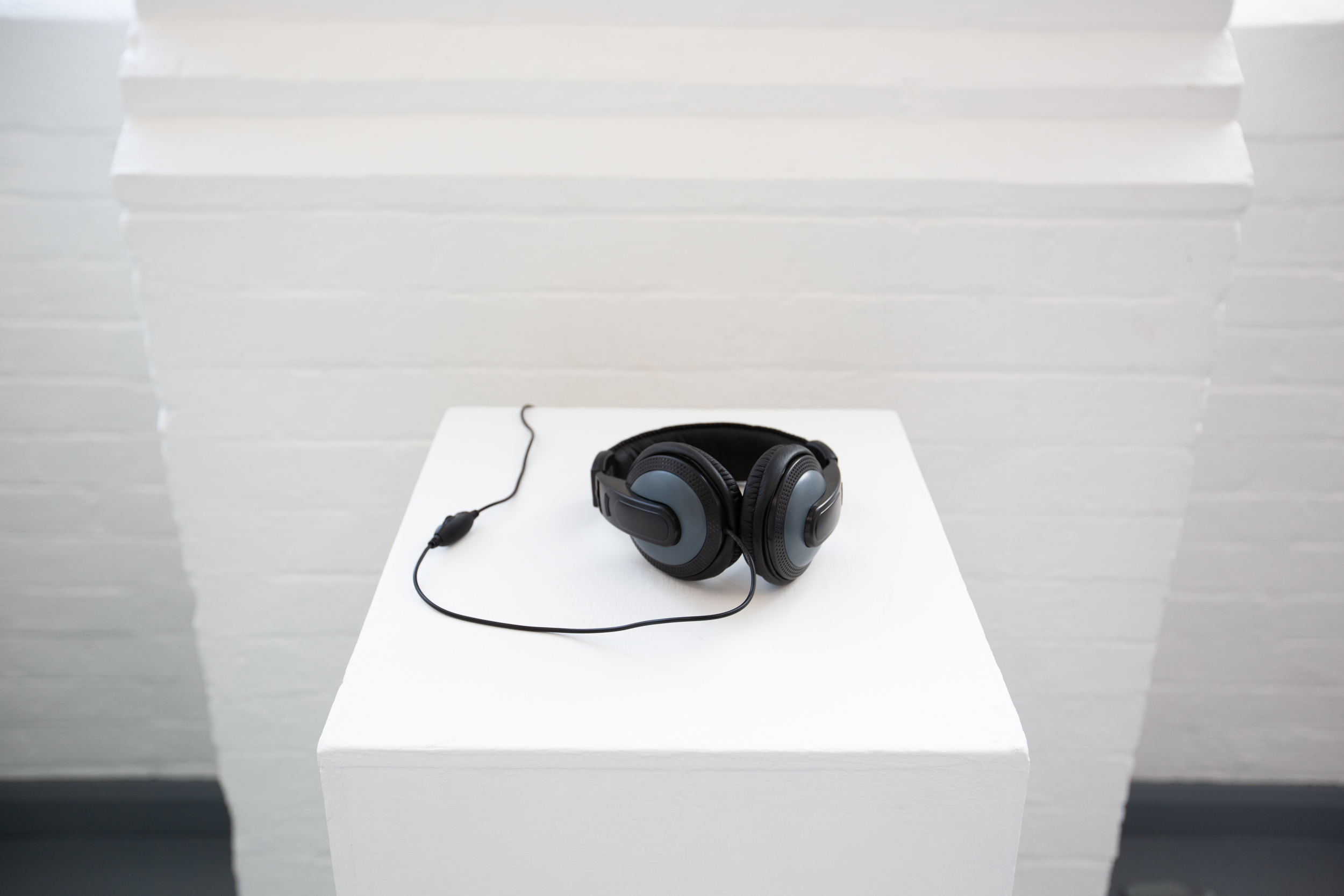

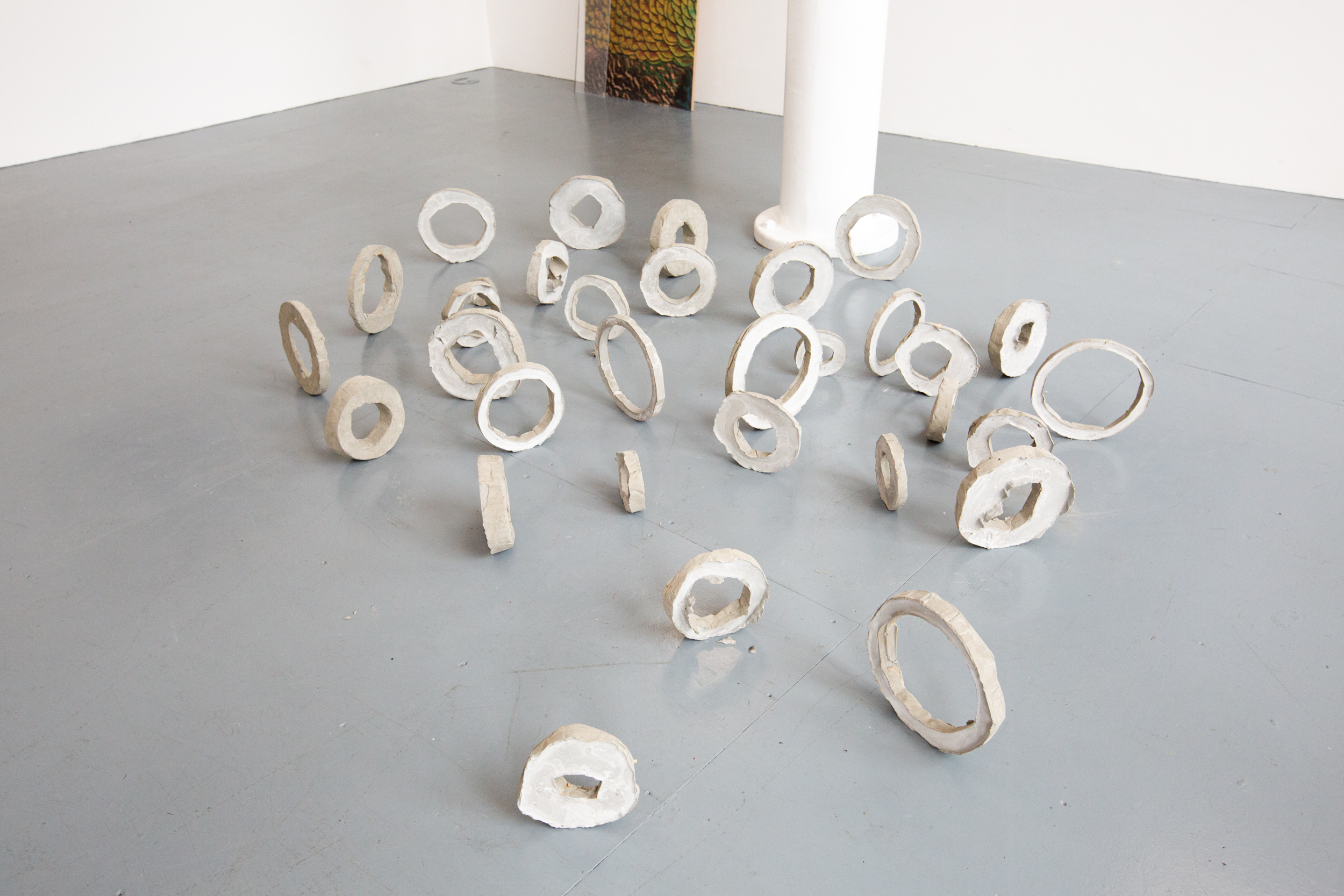
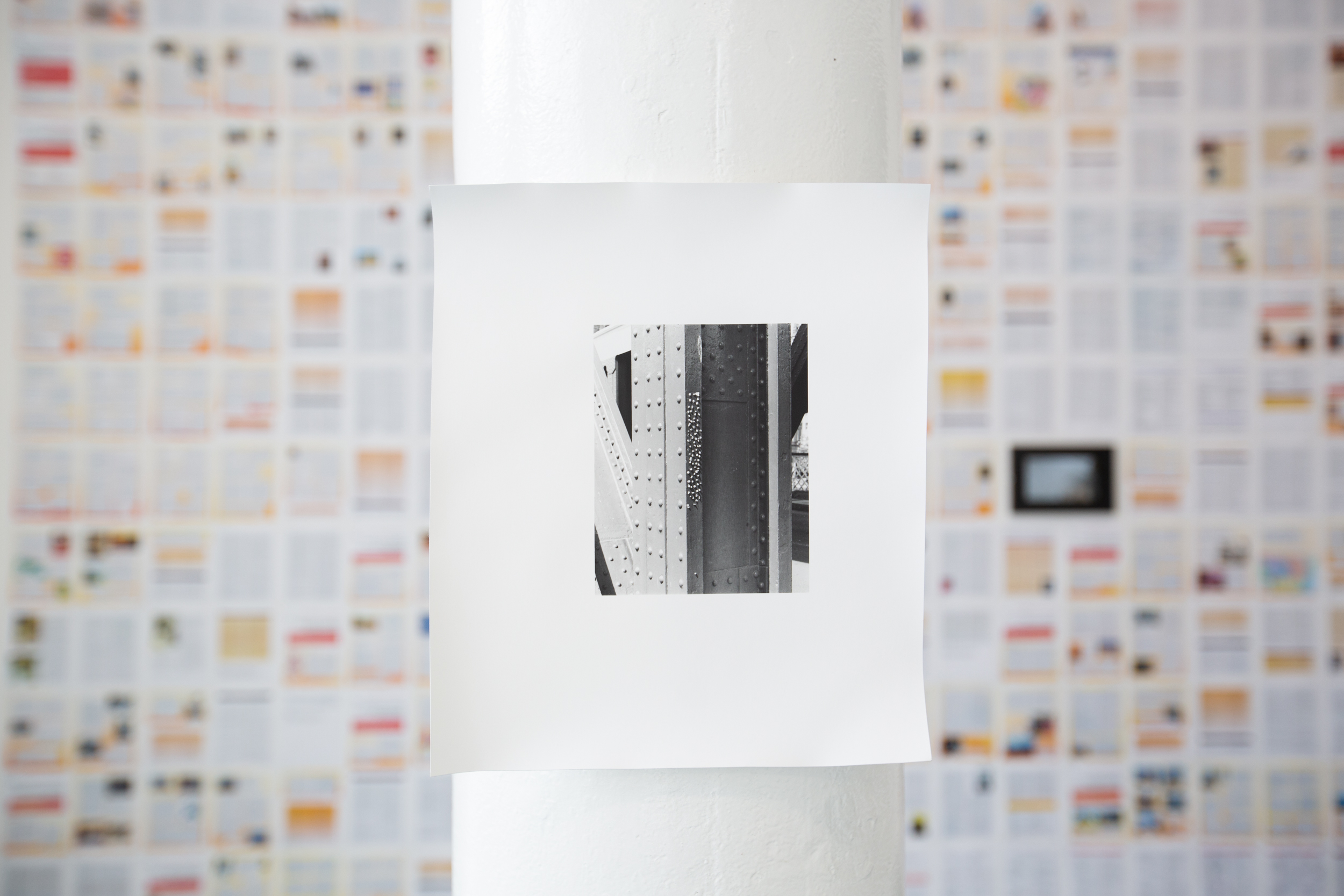

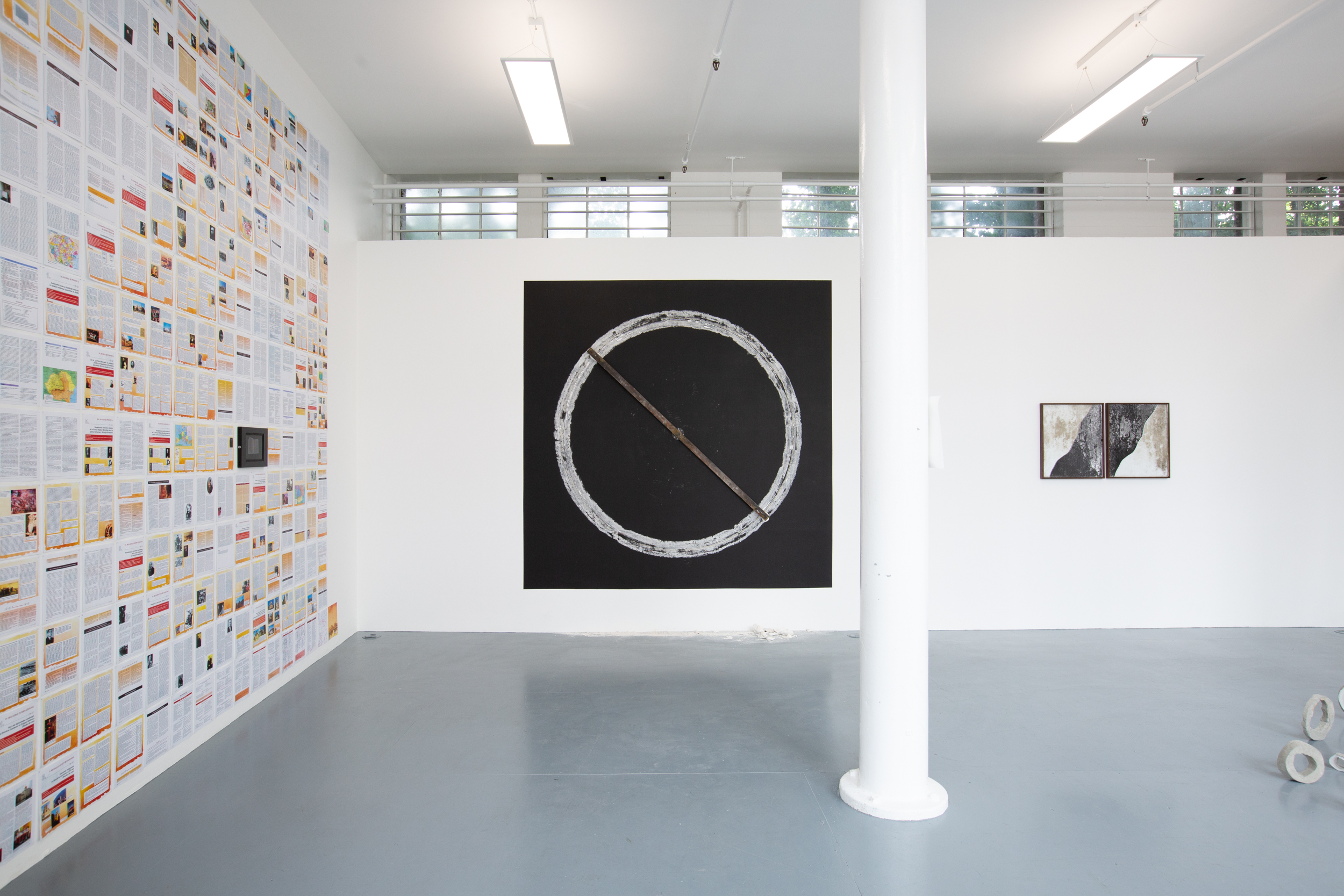
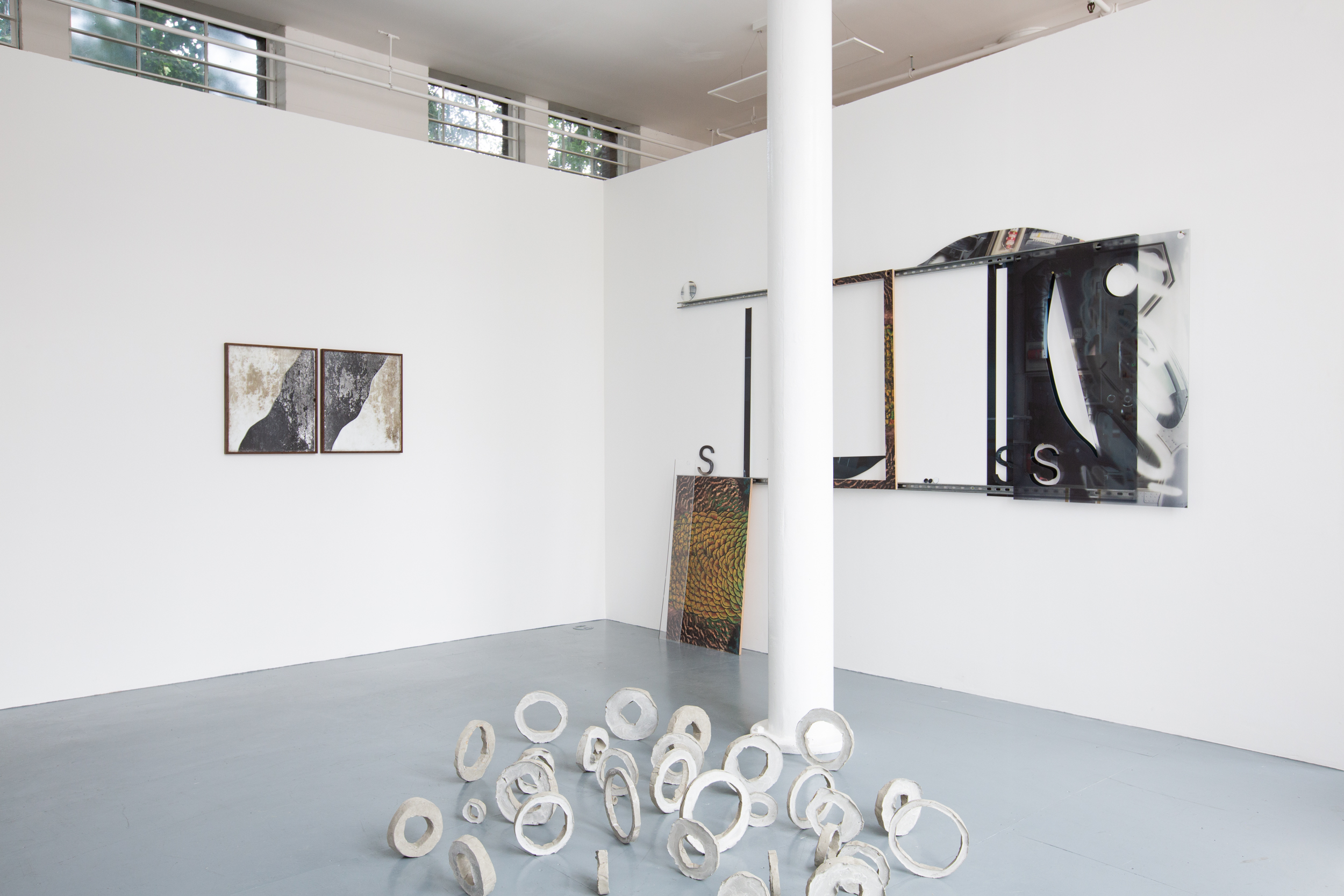
Seen Fifteen Gallery
27th - 31st July 2022, 11am - 5pm
PV 28th July, 6 - 9pm
27th - 31st July 2022, 11am - 5pm
PV 28th July, 6 - 9pm
Revolv Collective is proud to present their fifth anniversary exhibition, Orbits at Seen Fifteen Gallery. It is the first time the members of the collective are showing works together since growing to seven members in spring 2020.
The exhibition has its roots in the collective’s conversations on expanded photography as teaching method, artistic practice and way of thinking around contemporary culture. Incorporating sound, moving image, sculpture, assemblage and photography, Orbits references the collective’s interest in negotiating the boundaries of the image, as well as in exploring language and knowledge by means of the photograph.
Bringing together their individual works, the members have considered their own movement around and encounter with the medium of photography, as well as how their ideas and personal practices revolve around, permeate and bounce off each other.
Both Krasimira Butseva and Laura Bivolaru are concerned with the history of their countries of origin, Bulgaria and Romania, respectively, but through the process of making work, they also begin to reflect on the active role of the artist in untangling recent events and on history as a concept and pedagogical subject. An interest for intergenerational shared knowledge is also present in Lina Ivanova’s No Objects to be Found’, who, as an artist-teacher, considers the collaborative process of teaching and learning and how authorship is negotiated on the common ground of the class.
The same social aspect of creating is reflected in Victoria Louise Doyle’s Radiant Energy: A study into the movement of photographs in which chewing gum is put in place of the Photograph, which acts as a prompt for further reflection on the nature of the photograph as a moving object. Through a performative piece rooted in family narrative, Lucas Gabellini-Fava also contemplates the relationship between subject matter and photography, between material and artwork; within the confinement of a black square, chalk sourced from Broadstairs beach is shown both in its original setting, and in its final shape when used-up by the artist. A similar doubling takes place in Alexander Mourant’s work, Part of a Whole, where photograms are framed together with the moss that they represent. Departing from this indexical relationship, Ibrahim Azab’s modular works bring together web-based image textures and industrial materials, inviting the viewers to physically move the images and create their own remixes of the original FL1GHT .
The image is an ambiguous object that can serve many functions; however, no matter the goal intended for it by its creator, the image can always betray it and create its own affiliations and purpose. Through Orbits, Revolv Collective is embracing the instability of photography and its power to shape ideas and proposes that the artwork may start from a solitary space, but is ultimately moulded by collective thinking.
Alexander Mourant
Part of a Whole (2020/2022) is the most recent work to join the ongoing series, I Could Not Tell Glass From Air. The piece is an unglazed, layered diptych, made through a process of assemblage; each frame contains, on one side, half a hand-cut greenhouse panel, and on the other, a silver gelatin print. These prints are photograms that depict the rhythmical movement of moss across the opposite’s glass panel. The effect is one of doubling, as each work contains within its frame, the true referent responsible for the forms or ‘image’ of the other. These doppelgängers paradoxically oppose and validate each other’s textural claims. As viewers our eyes dance—left to right, right to left—examining and authenticating the truth between the prints and glass negatives. By mirroring and inverting themselves, we’re asked to consider the multiple forms of representation contained within the image world.
Lucas Gabellini-Fava
The Shifting Tides of Salt in Your Body (2022) is an exploration of the chalk which litters the bay near my family’s new home in Broadstairs. In January of 2022, my mother’s landscape suddenly changed drastically. Every time I visited her, we explored the neighbouring beaches.
These chalk beaches are in a constant state of flux. They change and morph into something new as the porous rock is sculpted by the sea - echoing the feelings that come with discovering and familiarising oneself to a new home.
As the metal structure is turned, the chalk creates a circle on the black wall, which in turn consumes the rocks. Here, the rocks no longer exist in their original form, instead existing as photographs.
Lina Ivanova
No objects to be found (2022) is a mixed media installation of hand-cast concrete rings - a framework through which to consider structures, processes and spaces within art and photography education. Inviting students to participate in a process of casting hand-built moulds in concrete, together in the classroom, challenges fixed methods of teaching and making art. Concrete as material becomes a tool through which to explore the changeable processes and spaces used to encourage both learning and creativity. The physical form of each cast alludes to the ongoing cyclical patterns integral to these spaces. The importance of different histories, ideologies and methodologies present in both art and education spaces, is manifested through the multiple versions of the casts, making the work polyphonic in nature, each cast - a voice, each cast - an author. Activated through interaction with the light, the individual casts collectively function as a unified whole to recreate a space where learning and creation through collaboration takes place.
Ibrahim Azab
FL1GHT (2022) is a new mixed media work consisting of digital collage, photography and sculpture investigating systems of memory, the internet and artificial images. Taken from an ongoing body of work, FL1GHT confronts issues of materiality, representation and the value of images within existing digital landscapes. Created through digital and physical processes of production such as Photoshop, direct UV media printing and CNC cutting (Computer numerical control), fragmented image textures, photographs and industrial materials are layered and cut to form a modular assemblage. Ideas of re-mixing, movement, and automation of digital materials surround the new work as the artist playfully invites the viewer to interact with synthetic and natural materials. Significantly, FL1GHT attempts to deconstruct and rebuild the surface of the screen and subconscious spaces whilst exploring failure and representation of the photograph via subconscious and mechanical processes.
Laura Bivolaru
In Is This How You Like History? (2022), the artist attempts to remove from a Romanian history textbook the marks made over the years by students and the artist’s teacher. Pencil, highlighter and pen marks are erased, painted over with correction fluid or removed with a cutter knife. In addition to scanned pages of the textbook, the work incorporates a moving image piece recorded during the four-hour long process of cleaning. Following the idea that history is not a series of events, but rather the storied versions of them being passed down through the written word, the artist questions the pedagogy of history and the separation between history and collective memory. If the marks’ original purpose is to select the information to be learnt and remembered in the future, does removing them entail a wish to forget, to challenge authority or to imagine a history of history?
Krasimira Butseva
A study of a practice (2021-ongoing) is a sound piece enquiring into my artistic processes and methodologies. The work consists of archival sounds from films of the Bulgarian State Security, alongside citations from academic writings by authors such as Ana Hoffner and Stuart Hall, autobiographical nonfiction recollections based on my research, popular songs and other found sounds.
The work reflects on my investigations into the history, trauma and memory in regards to political violence and repressions that took place in communist Bulgaria (1946-1989); and was created during an artist fellowship at the Akademie Schloss Solitude.
Victoria Louise Doyle
You are invited to join us for an intimate conversation between exhibiting artist Victoria Louise Doyle and photographic artist Anne Erhard. The pair will talk through Doyle’s piece Radiant Energy: A study of the movement of photographs in which chewing gum is put in place of the Photograph, activating the work as they do so. The piece was made to be talked through, as such until this conversation unfolds the work shall remain in mystery.
Gum on the Bridge: A Conversation, Saturday the 30th of July, 2-4pm, Seen Fifteen
To RSVP please email: victorialouisedoyle@outlook.com with the subject heading ‘Gum on the Bridge’.